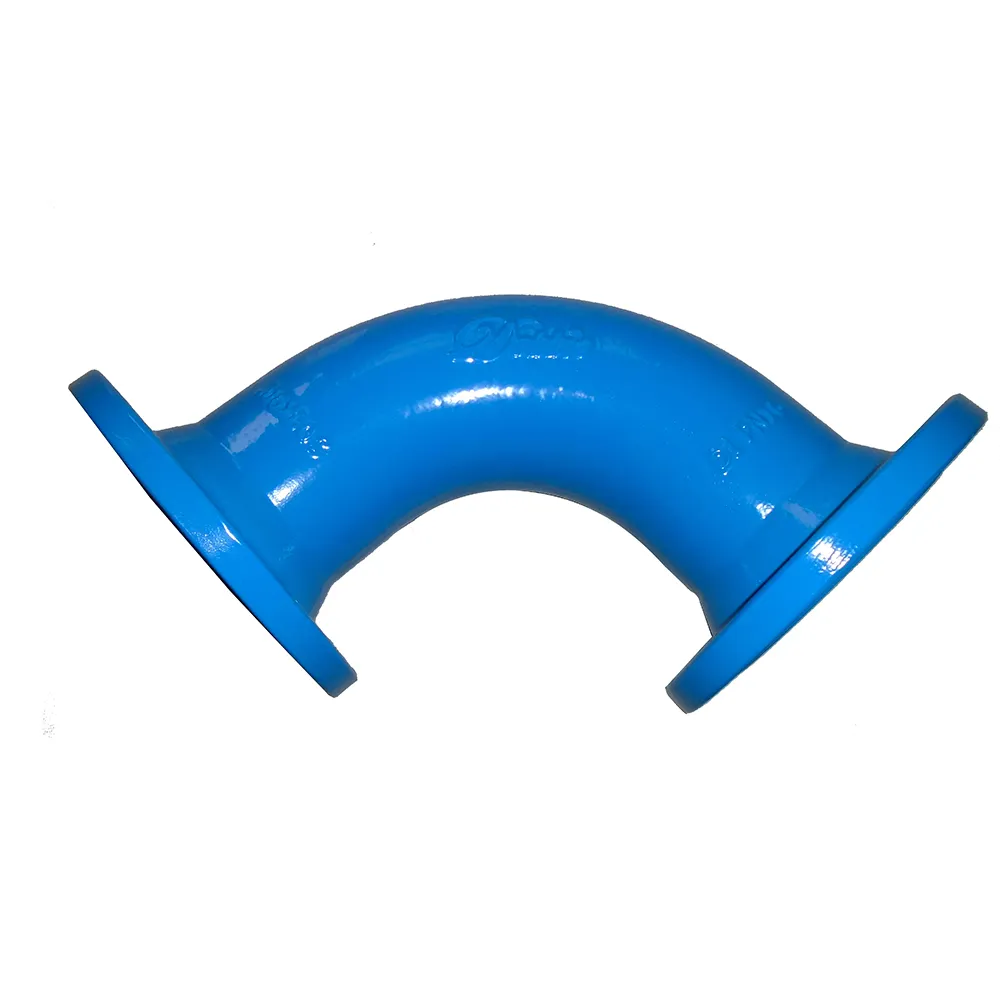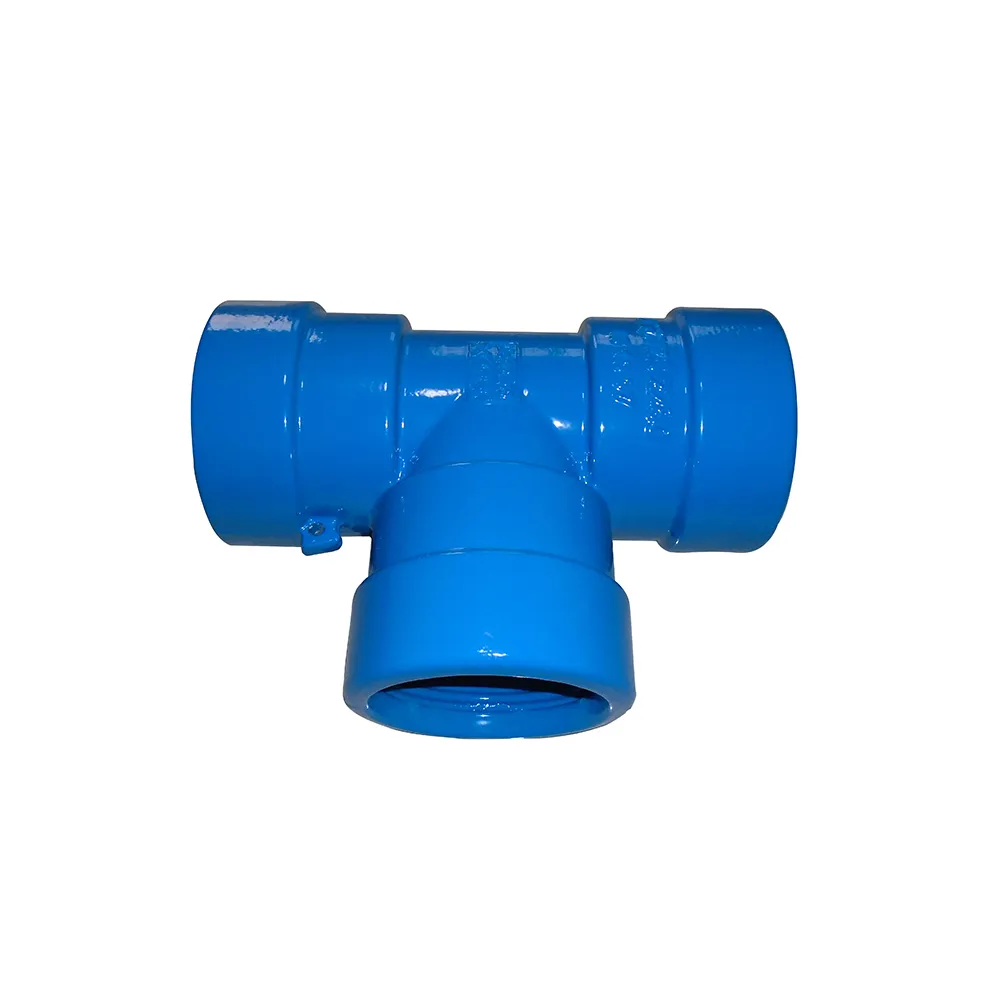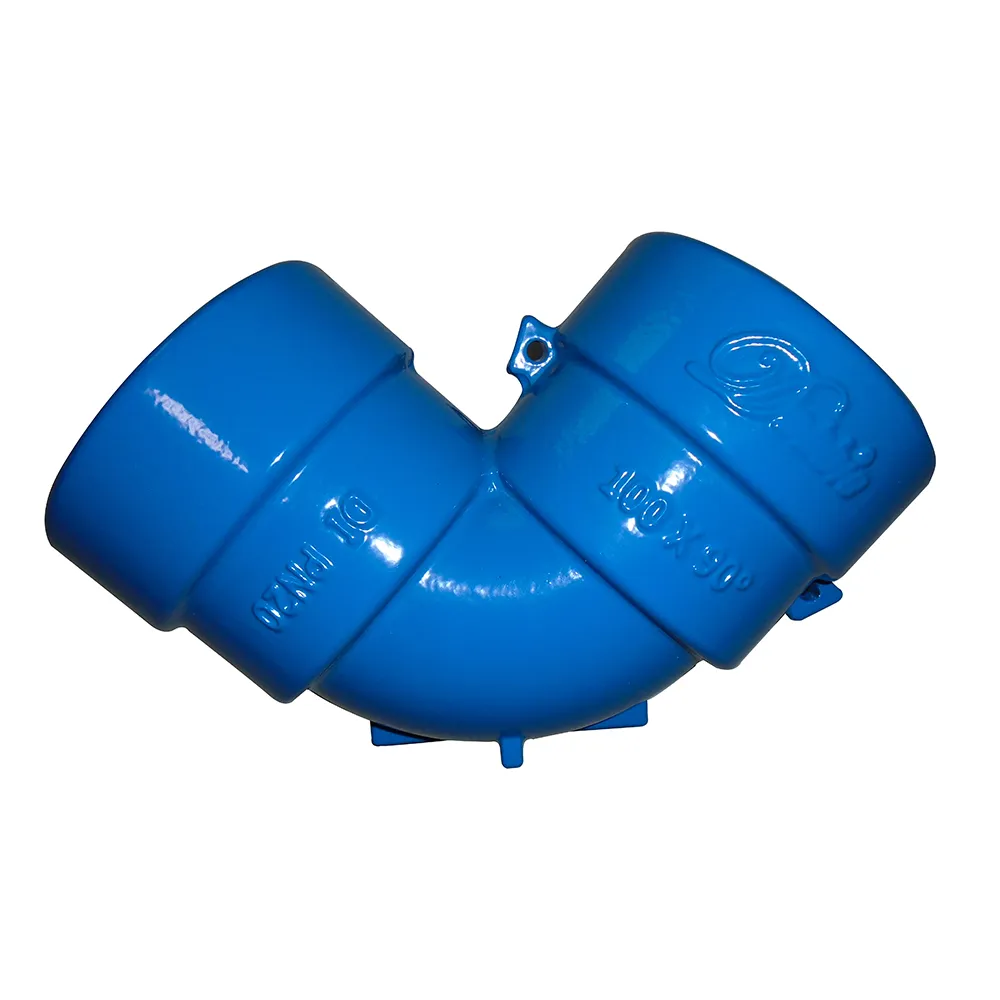Diverse Pipe Fittings: All Types for Water & Hose
Innovating Industrial Connections: A Deep Dive into Pipe Fittings Excellence
In the intricate world of industrial infrastructure, the reliability and efficiency of fluid and gas transport systems hinge critically on the quality of their connections. This is where pipe fittings play an indispensable role. These essential components are designed to join pipes, change direction, reduce or increase pipe size, or provide branching, ensuring system integrity and optimal flow. From the rigorous demands of petrochemical plants to the precise needs of water treatment facilities, selecting the right fitting is paramount for operational safety, longevity, and cost-efficiency. This comprehensive guide explores the multifaceted aspects of modern pipe fittings, covering their manufacturing processes, technical specifications, diverse applications, and the strategic advantages they offer across various sectors.
Current Industry Trends and Market Dynamics in Pipe Fittings
The global market for pipe fittings is experiencing dynamic shifts, driven by expanding infrastructure projects, increasing demand for energy, and stringent environmental regulations. Key trends include a heightened focus on advanced materials, such as high-performance alloys and specialized plastics, which offer superior corrosion resistance and extended service life. Digitalization and automation in manufacturing processes are leading to greater precision and efficiency, reducing waste, and enhancing product consistency. Furthermore, there's a growing emphasis on modular and easily installable solutions, which help minimize downtime during maintenance or system upgrades. The push for sustainable practices also influences product development, with manufacturers exploring greener production methods and fittings designed for minimal leakage and energy loss, contributing significantly to overall system efficiency.
Crafting Excellence: The Manufacturing Process of Pipe Fittings
The production of high-quality pipe fittings is a testament to precision engineering, utilizing a combination of advanced manufacturing techniques to ensure durability and performance. Common materials include carbon steel, stainless steel (e.g., 304, 316L for enhanced corrosion resistance), alloy steel, and various non-ferrous metals, each selected based on the specific application's pressure, temperature, and corrosive environment. The primary manufacturing processes include casting, where molten metal is poured into molds; forging, which involves shaping metal through localized compressive forces; and CNC machining, providing unparalleled precision for intricate designs and tight tolerances. Each stage is subjected to rigorous quality control. For instance, in petrochemical applications, fittings must withstand extreme pressures and corrosive media, demanding materials like Duplex or Super Duplex stainless steel, manufactured to precise ASTM standards.

Beyond shaping, heat treatment processes are crucial to enhance material properties, such as hardness and ductility. Post-processing includes surface treatments like galvanization or passivation to boost corrosion resistance, extending the service life of the fittings significantly. Adherence to international standards like ISO 9001 for quality management, ANSI/ASME for dimensions and pressure ratings, and ASTM for material specifications is non-negotiable, ensuring global compatibility and reliability. Non-destructive testing methods, including ultrasonic testing (UT), magnetic particle testing (MPT), and radiographic testing (RT), are routinely employed to detect internal flaws, guaranteeing that every piece of pipe and pipe fittings meets the highest performance benchmarks before deployment.
Technical Parameters and Performance Specifications of Pipe Fittings
Understanding the technical parameters of pipe fittings is essential for proper system design and operation. Key specifications include nominal pipe size (NPS), which indicates the approximate diameter; pressure rating (e.g., Class 150, 300, 600, 1500, or PN10, PN16, PN25), specifying the maximum permissible internal pressure; and material grade, which dictates corrosion resistance, temperature limits, and mechanical strength. Connection types are also critical, encompassing threaded, welded (butt-weld, socket-weld), flanged, and mechanical joints, each suited for different applications based on pressure, vibration, and ease of installation. For instance, butt-weld fittings provide a strong, leak-proof connection ideal for high-pressure, high-temperature lines in oil and gas, while flanged connections offer ease of disassembly for maintenance in water treatment systems.

Here’s a comparative table outlining typical specifications for common all types of pipe fittings:
| Parameter | Butt-Weld Fittings | Socket-Weld Fittings | Threaded Fittings | Flanged Fittings |
|---|---|---|---|---|
| Connection Type | Permanent, Full Penetration Weld | Fillet Weld | Threaded (NPT, BSP) | Bolted, Gasketed |
| Pressure Rating | High (ANSI Class 150-2500+) | Medium-High (ANSI Class 2000-9000) | Low-Medium (ANSI Class 2000-6000) | Wide Range (ANSI Class 150-2500) |
| Temperature Range | Wide (-150°C to +800°C) | Wide (-150°C to +600°C) | Moderate (-50°C to +400°C) | Wide (Gasket Dependent) |
| Leakage Risk | Very Low | Low | Moderate (Sealant Dependent) | Low (Proper Gasket & Torque) |
| Ease of Maintenance | Difficult (Cutting Required) | Difficult (Cutting Required) | Easy | Easy |
The design parameters, such as wall thickness (e.g., Schedule 40, Schedule 80, Schedule 160), contribute to pressure containment capability and structural integrity. Material selection is paramount; for corrosive environments, stainless steel 316L offers superior resistance to pitting and crevice corrosion compared to 304, making it ideal for chemical processing or marine applications. High-strength low-alloy (HSLA) steels are preferred in oil and gas for their improved toughness and weldability under extreme conditions.
Diverse Applications Across Key Industries
The versatility of different types of pipe fittings makes them indispensable across a multitude of industries, each presenting unique challenges and requirements. In the petrochemical sector, robust fittings are crucial for safely transporting highly flammable and corrosive substances at extreme temperatures and pressures. Their anti-corrosion properties and high-pressure ratings ensure the integrity of pipelines carrying crude oil, natural gas, and refined products. Similarly, the metallurgy industry relies on durable fittings for handling slurries, hot gases, and cooling water in steel mills and foundries. The robust nature of forged fittings makes them ideal for these high-stress environments.

For public utilities, particularly in water supply and drainage systems, reliable water pipes and fittings are fundamental to public health and infrastructure longevity. Fittings designed for water applications prioritize resistance to scale build-up, minimal lead content, and long-term durability against environmental factors. In these scenarios, the emphasis is often on cost-effectiveness and ease of installation, making PVC, HDPE, and ductile iron fittings prominent choices. The adaptability of these fittings ensures seamless integration within various piping networks, from residential plumbing to large-scale municipal water treatment plants, where energy efficiency through reduced pressure drops is a key advantage.
Technical Advantages and Custom Solutions
The technical advantages of superior pipe fittings extend far beyond mere connection. High-quality fittings are engineered to minimize turbulence and pressure drop, leading to significant energy savings in fluid transport systems. Their precision manufacturing ensures a perfect fit, drastically reducing the risk of leaks, which can prevent costly downtime, environmental hazards, and product loss. For corrosive environments, specialized alloys or coatings provide unparalleled defense against chemical degradation, extending the system's operational life and reducing maintenance frequency. This long service life translates directly into lower total cost of ownership over the equipment's lifespan.

Many complex industrial setups require highly customized pipe fittings that deviate from standard specifications. Leading manufacturers offer bespoke solutions, working closely with clients to design and produce fittings tailored to unique dimensions, pressure ratings, material compositions, or specific geometric configurations. This customization is critical for optimizing system performance in niche applications, integrating legacy systems, or addressing spatial constraints. Leveraging advanced CAD/CAM software and rapid prototyping, these custom solutions ensure seamless integration and optimal operational efficiency for specialized industrial processes, preventing bottlenecks and enhancing overall system integrity.
Ensuring Trust: Our Commitment to Quality and Support
Choosing the right supplier for different types of hose pipe fittings and other critical connections is a strategic decision that impacts long-term operational success. We adhere to the highest international quality management standards, including ISO 9001:2015 certification, ensuring that every stage of our production process, from raw material sourcing to final inspection, meets stringent quality benchmarks. Our commitment to excellence is further evidenced by our extensive service record, with over two decades of experience serving diverse industries globally. We pride ourselves on transparent communication regarding product specifications, lead times, and comprehensive warranty coverage, typically offering a 5-year limited warranty on structural integrity for our industrial-grade fittings, a testament to our confidence in our products' durability.

Our streamlined supply chain management ensures competitive delivery cycles, with standard orders processed within 4-6 weeks and expedited options available for urgent requirements. We understand that post-sales support is as crucial as product quality. Our dedicated technical support team is available 24/7 to assist with installation queries, troubleshooting, and material selection, providing expert guidance to ensure optimal performance of our pipe fittings in your specific applications. Our client portfolio includes partnerships with major engineering firms and industrial giants, a testament to the reliability and superior performance of our products in mission-critical environments.
Frequently Asked Questions (FAQ) about Pipe Fittings
- Q: What are the primary factors to consider when selecting pipe fittings?
A: Key considerations include the type of fluid/gas being transported (corrosive or non-corrosive), operating pressure and temperature, required material strength and compatibility, connection type (welded, threaded, flanged), and adherence to relevant industry standards (e.g., ANSI, ISO, ASTM). - Q: How do you ensure the anti-corrosion properties of your fittings?
A: We utilize materials inherently resistant to corrosion, such as various grades of stainless steel (304, 316L, Duplex), and apply specialized surface treatments like passivation, galvanization, or epoxy coatings, depending on the application environment. - Q: Can you provide custom pipe fittings for unique project requirements?
A: Yes, we specialize in providing tailored solutions. Our engineering team works closely with clients using advanced design software to develop custom fittings that meet specific dimensional, material, or performance criteria, ensuring perfect integration with existing or new systems. - Q: What is the typical service life of your industrial pipe fittings?
A: The service life varies based on material, operating conditions, and maintenance. However, our high-quality industrial fittings are designed for extended durability, often exceeding 20-30 years in typical applications, especially when proper material selection and installation guidelines are followed. We stand by our products with comprehensive warranty options.
Conclusion
In conclusion, the efficacy of any industrial piping system is fundamentally reliant on the quality and precision of its pipe fittings. As industries evolve and demand higher performance and greater sustainability, the role of advanced materials, precise manufacturing, and stringent quality control becomes ever more critical. By leveraging expertise in material science, innovative manufacturing techniques like casting, forging, and CNC machining, and adhering to global standards, manufacturers can deliver solutions that not only meet but exceed the rigorous demands of modern industrial applications. Investing in high-quality fittings ensures operational safety, maximizes system longevity, and delivers significant economic advantages through reduced maintenance and enhanced efficiency, proving their value as critical components in industrial infrastructure.
References
- Smith, J. A. (2022). "Advances in Materials for High-Pressure Piping Systems." Journal of Industrial Metallurgy, 45(3), 123-135.
- Brown, L. K. (2021). "The Role of Nondestructive Testing in Ensuring Integrity of Welded Connections." International Journal of Pressure Vessels and Piping Technology, 18(2), 78-89.
- Garcia, R. & Chen, S. (2023). "Corrosion Resistance in Stainless Steel Alloys for Chemical Processing Applications." Materials Science and Engineering Reports, 52(1), 34-48.
- Davis, P. R. (2020). "Standardization and Global Trade in Industrial Components: A Case Study of Pipe Fittings." Global Economic Review, 7(4), 210-225.




